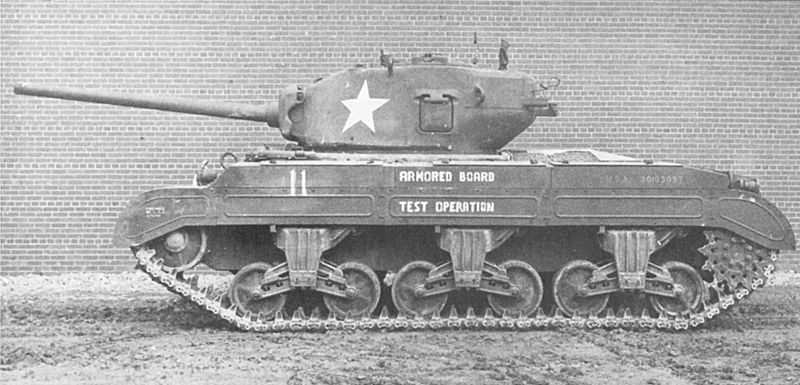

Over 2,000 were produced, while the 90 mm guns of the American M36 tank destroyer-later of the M26 Pershing-also demonstrated a capable counterthreat. Pershing, who led the American Expeditionary Force in Europe in World War I. The tank was named after General of the Armies John J. The 17-pounder gun, mounted on the Sherman Firefly and some M10 tank destroyers, was the British answer to the Tiger problem and could effectively penetrate their armor. It was used in the last months of World War II during the Invasion of Germany and extensively during the Korean War. Later came the SU-85, which could effectively knock out Tigers from a greater distance. The Soviets also developed the 85 mm anti-tank gun, which was mounted on the ferociously mass-produced T-34s to form the T-34-85. They were highly effective at destroying enemy Tigers. Soon, the Tiger had to face the powerful IS-2 and the ISU-152-armed with powerful 122 mm and 152 mm armaments, respectively. Of course, there were numerous considerations to take into account-terrain, weather conditions, nature of the defense or attack, and so on-but here are some of the Allies' key principles and responses to overcome the Tiger menace:

Fresh tactics required nerves of steel, while others called for a steady hand and pinpoint accuracy.


 0 kommentar(er)
0 kommentar(er)
